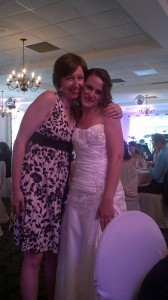One of my projects this month is to finalize a syllabus for Psyc 508, a graduate course on the Teaching of Psychology (ToP). I’m very excited to be teaching this course — finally! I first designed a draft syllabus in 2008 (before I was even hired), and then in 2010 I submitted the course to be approved by the university Senate (and all levels in between: the psych department, Grad studies, and Arts). My teaching practice and views on teaching and learning have developed substantially over the past four years, so I took the opportunity to reflect on what kind of course I would have wanted four years ago — and what I know now that I wish I knew. What I have been striving to create is a balance between the practical, nuts-and-bolts everyday mechanics of teaching and the bigger picture goals and process of teaching and learning. Today, that vision changed a bit.
I’m starting to realize that much of what I do as a teacher is make decisions. That’s really what it comes down to. I make decisions about what policies to set and what to do when people push at them or request exemptions, I make decisions about what to teach and how to teach it to have the greatest chance of promoting learning, I make decisions in my lesson plans and in the classroom on the spot, I make decisions about exams and assignments including how much they’re worth, what is required, how they’re graded… I could go on, but you may be getting the picture. This leads me to my latest insight about this course:
I want to empower my graduate students to effectively instill learning in others, while making thoughtful, well-informed decisions about all aspects of their teaching practice.
If I can model, scaffold, and otherwise encourage my graduate students to make well-informed decisions in the interest of student learning (including consulting the literature and thoughtful colleagues), I think my course will have succeeded. Teaching isn’t about “nuts and bolts” on the one hand and a “bigger picture process” on the other. If one has a strong, thoughtful foundation of the bigger picture why of teaching and learning, plus a well-developed toolkit, then those millions of everyday decisions will not only be easier but there will be an authenticity and consistency across them. I look forward to thinking more deeply about these issues as I further plan this course on teaching. I think I have a very meta semester ahead of me!

 Follow
Follow

